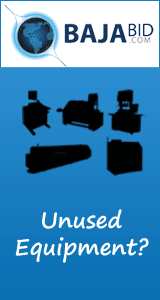Printed Circuit Board Assembly & PCB Design Forum
SMT electronics assembly manufacturing forum.
- SMTnet
- »
- Electronics Forum
- »
- Re: RF applications..aqueos vs. no clean..HELP!!!!
Re: RF applications..aqueos vs. no clean..HELP!!!!
![]()
![]() Hi,
I have a customer who's electronic assemblies produc...
- Mar 24, 1999
by
Hi,
I have a customer who's electronic assemblies produc...
- Mar 24, 1999
by
![]()
![]() | Hi,
| I have a customer who's electronic assemblies pr...
- Mar 24, 1999
by
| Hi,
| I have a customer who's electronic assemblies pr...
- Mar 24, 1999
by
![]()
![]() | | Hi,
| | I have a customer who's electronic assemblie...
- Mar 25, 1999
by
| | Hi,
| | I have a customer who's electronic assemblie...
- Mar 25, 1999
by
![]()
![]() | Hi,
| I have a customer who's electronic assemblies pr...
- Mar 27, 1999
by
Scott Cook
| Hi,
| I have a customer who's electronic assemblies pr...
- Mar 27, 1999
by
Scott Cook
![]()
![]()
![]() | | | Hi,
| | | I have a customer who's electronic assem...
- Mar 29, 1999
by
ScottM
| | | Hi,
| | | I have a customer who's electronic assem...
- Mar 29, 1999
by
ScottM
![]()
- SMTnet
- »
- Electronics Forum
- »
- Re: RF applications..aqueos vs. no clean..HELP!!!!







